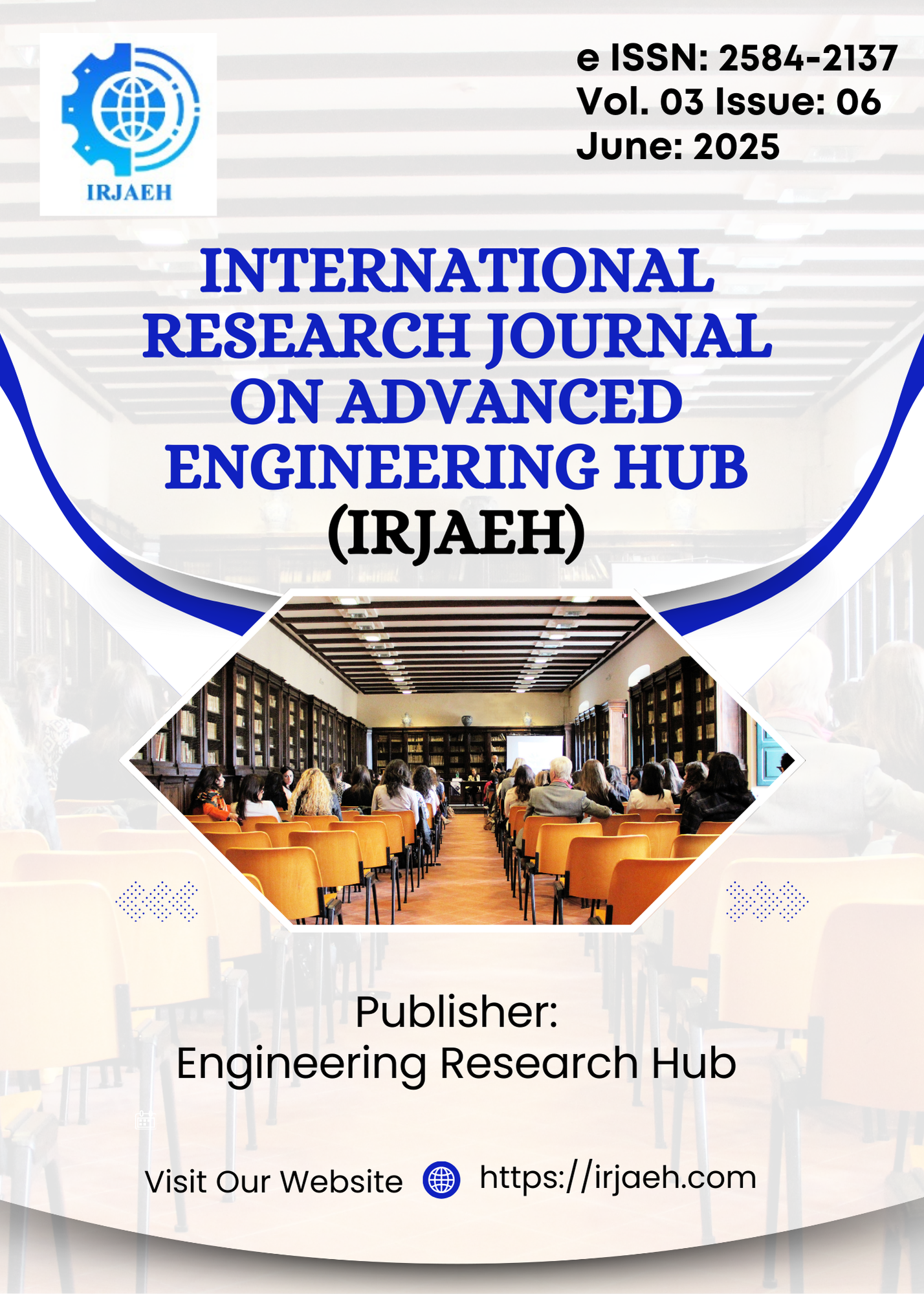Behavioral Analysis of HDPE-Infused Bubble Beams with Ceramic and Industrial Waste-Based Concrete
DOI:
https://doi.org/10.47392/IRJAEH.2025.0416Keywords:
Bubble Beam, Ceramics Waste Powder, Flexural strength, Fly ash, GGBSAbstract
This research investigates the structural behavior of conventional and modified bubble-reinforced beams incorporating ceramic waste powder, fly ash, and ground granulated blast furnace slag (GGBS). The bubble beam approach involves embedding hollow plastic spheres within the tensile region of concrete beams—an area where concrete's contribution to strength is minimal. This strategy reduces the volume of concrete required, consequently lowering the beam’s self-weight. High-density polyethylene (HDPE) spheres of varying sizes and shapes were used to form cavities in the beam core. M30 grade concrete was used to cast a series of beams, some incorporating these spheres and others serving as control specimens, to compare flexural performance and weight. Additionally, the study assessed the use of ceramic waste powder as a fine aggregate substitute, replacing 15% of the sand in the mix. Fly ash and GGBS were employed as supplementary cementitious materials, replacing cement at 10%, 20%, and 30%, with each proportion maintaining a 1:1 blend of the two materials. These modifications aimed to explore environmentally sustainable alternatives to traditional concrete components. Experimental results revealed that beams with ceramic waste and partial cement replacements achieved mechanical performance on par with traditional beams. Notably, the combination of fly ash and GGBS at a 20% substitution level provided the highest compressive strength among the modified mixes. Including HDPE spheres resulted in a 4.4% reduction in overall weight without compromising flexural strength, highlighting the technique’s potential for lightweight, sustainable construction.
Downloads
Downloads
Published
Issue
Section
License
Copyright (c) 2025 International Research Journal on Advanced Engineering Hub (IRJAEH)

This work is licensed under a Creative Commons Attribution-NonCommercial 4.0 International License.

 .
. 